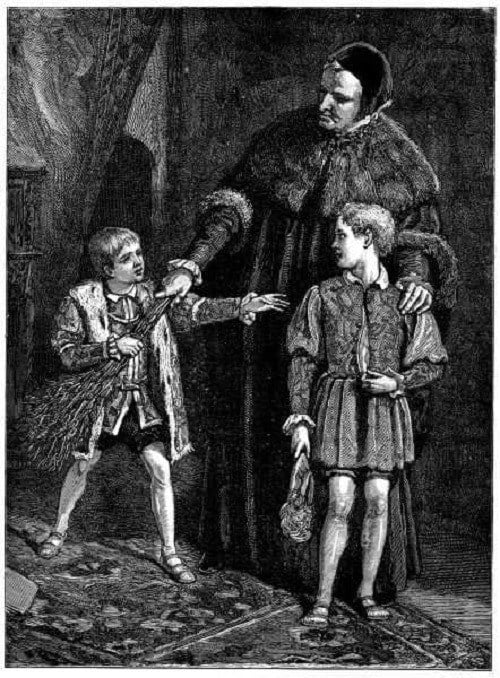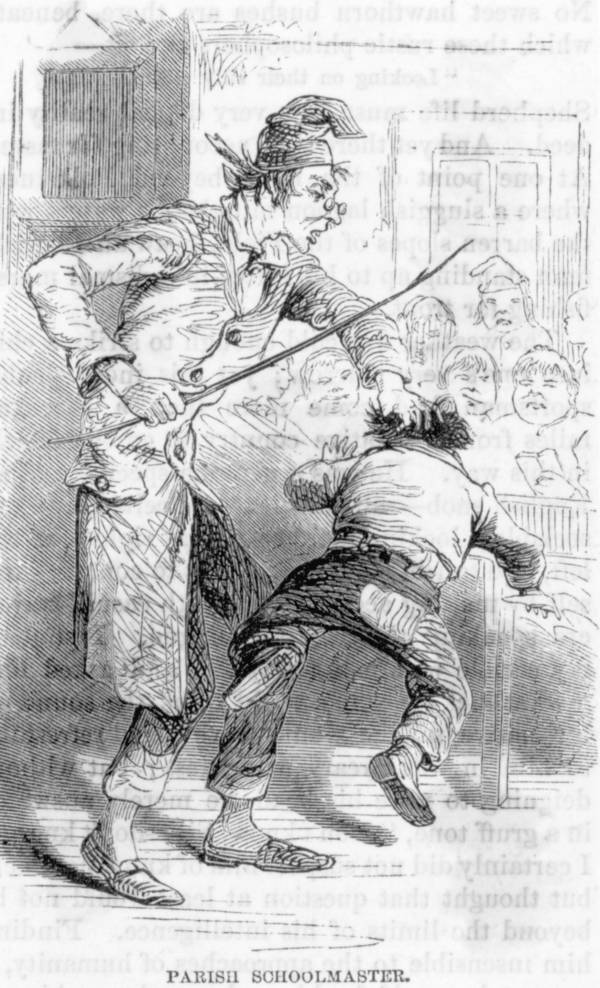Whipping Boy

Wikimedia Commons
Many princes were without a doubt spoiled, obnoxious brats who would inevitably misbehave and require some form of punishment to keep them from waging an unnecessary war.
Administering the punishment proved to be somewhat tricky, though, since technically nobody was allowed to strike the king’s son except the king himself. However, since most kings were busy running an empire, someone needed to step in. Meet the whipping boy.
According to popular belief, when the prince misbehaved, the whipping boy would receive the physical punishment instead. The prince and whipping boy would usually grow up together and form a close friendship, which theoretically meant that the prince would avoid acting up and be more considerate of others.

Getty ImagesAn engraving of a parish schoolmaster spanking a child.
Sometimes this worked; sometimes it didn’t. Unsurprisingly, many whipping boys received generous benefits once they grew up and their BFFs became King of England.
Tales of whipping boys have managed to stay alive for many a century, but there isn’t exactly any concrete evidence that this was actually a job. Whipping boys have been referenced in plays and in literature.
But historically speaking their existence hasn’t been recorded — even though the term “whipping boy” is officially recognized in the dictionary. Even if the position didn’t actually exist, the term and the way it’s used today pretty much speaks for itself.





